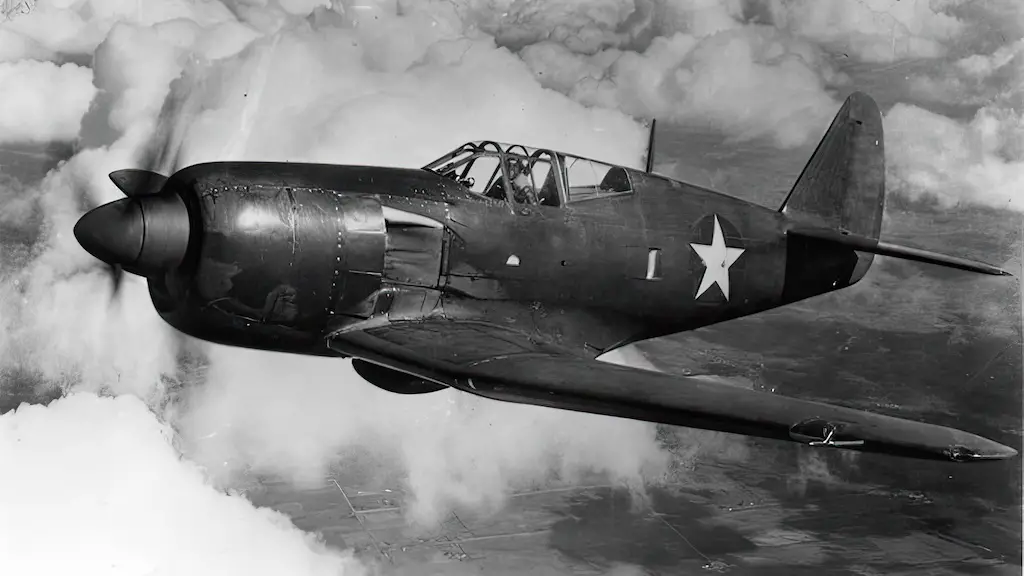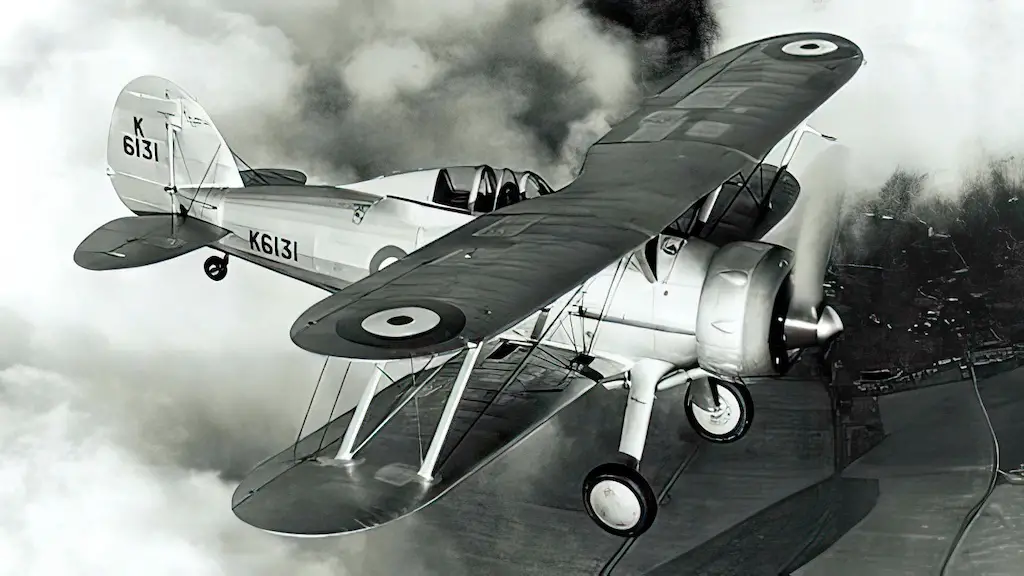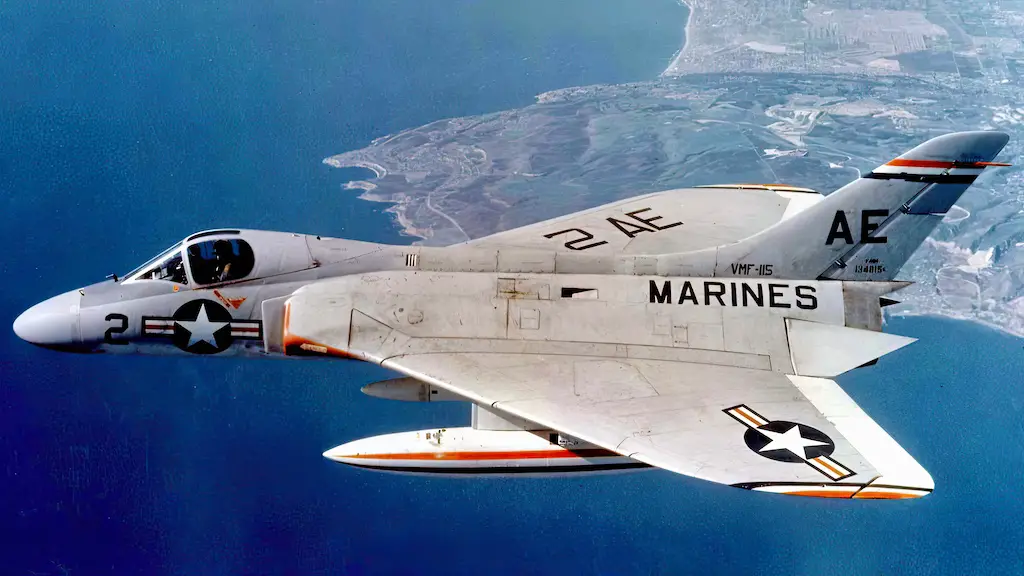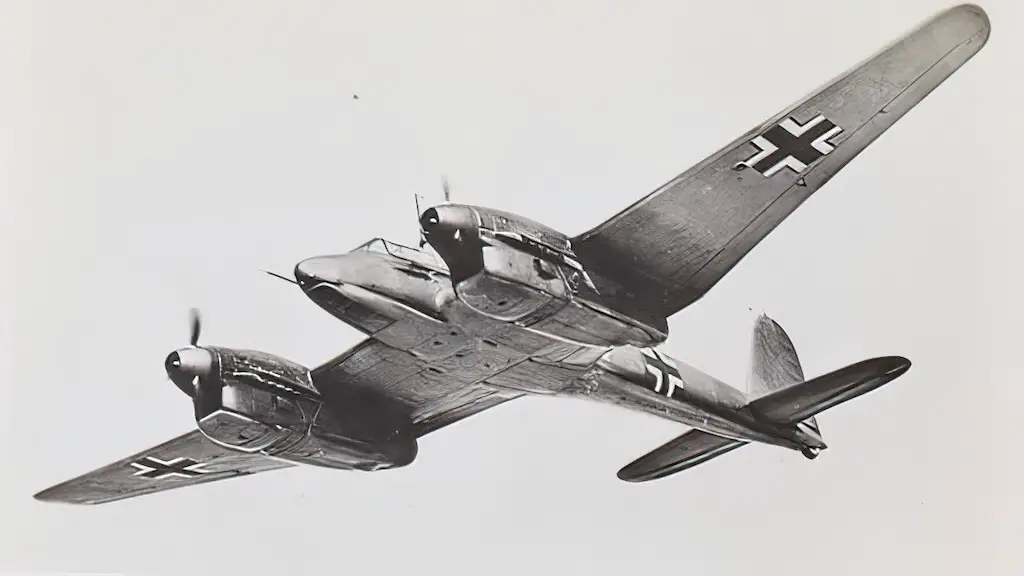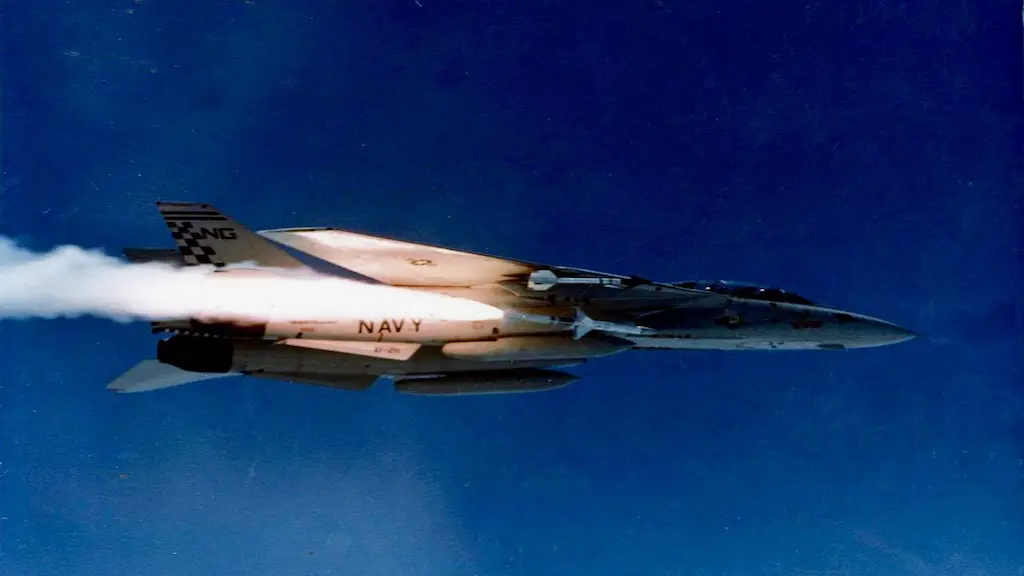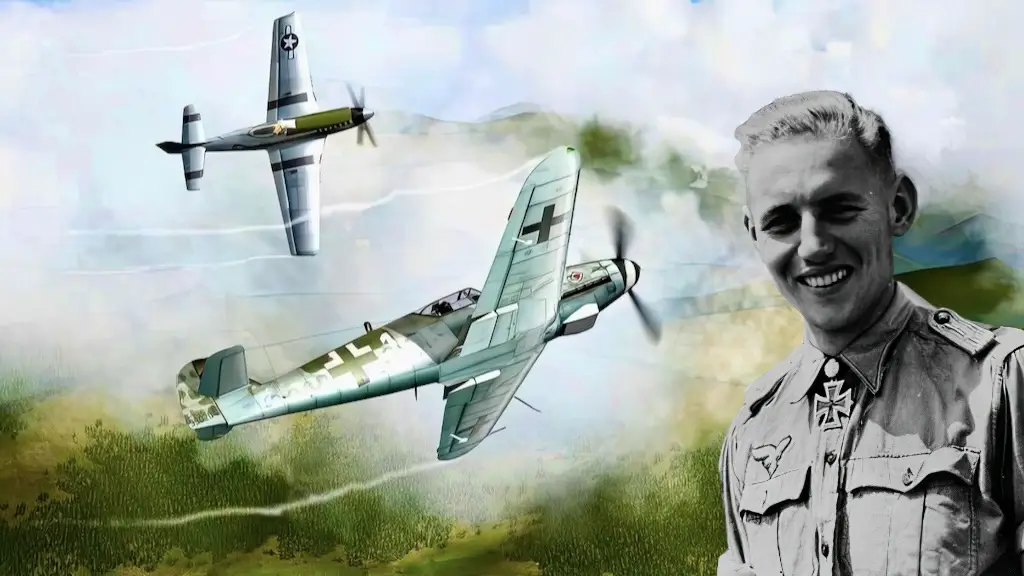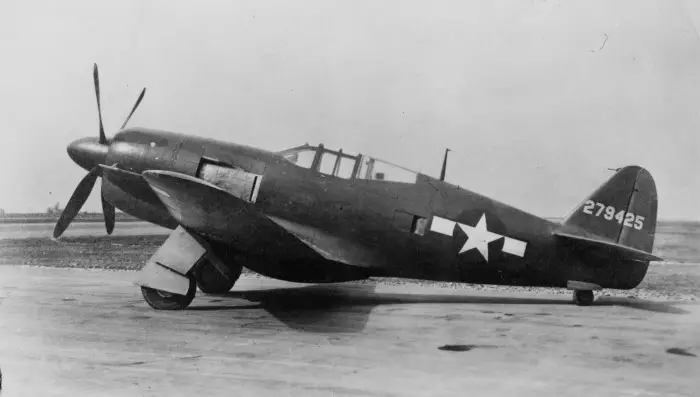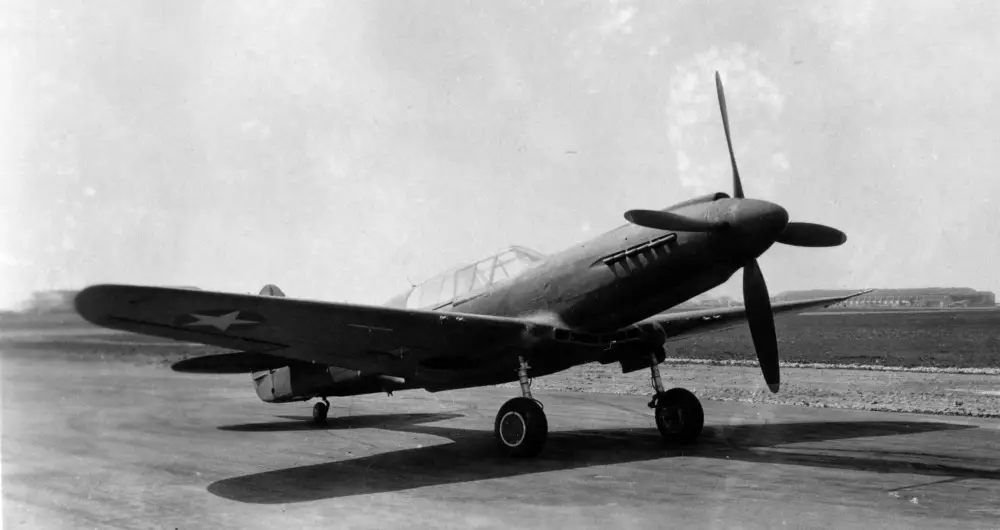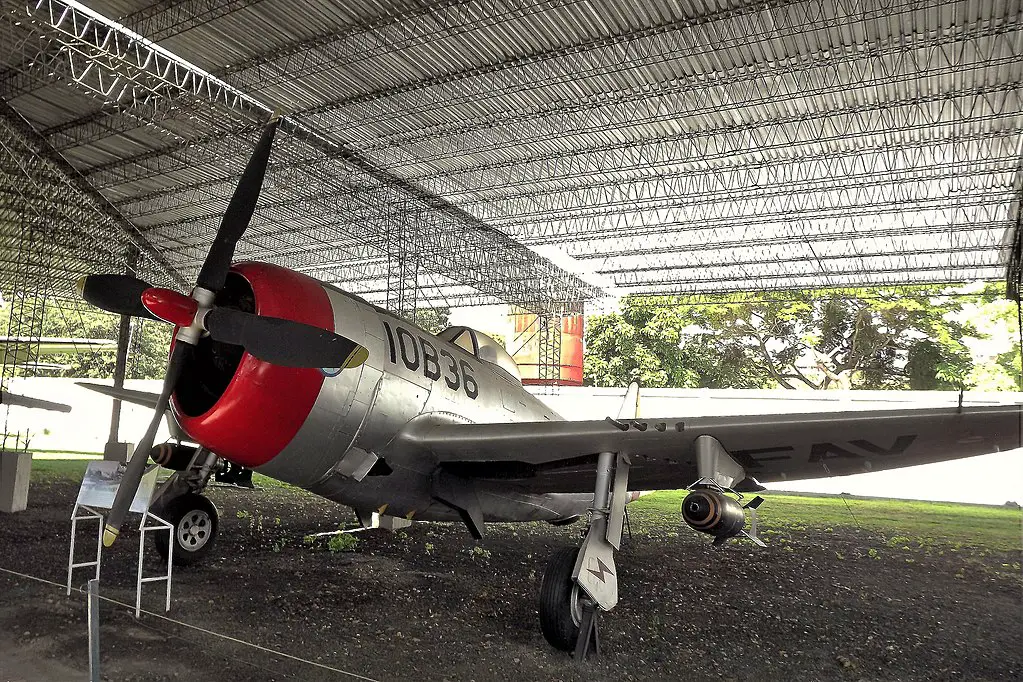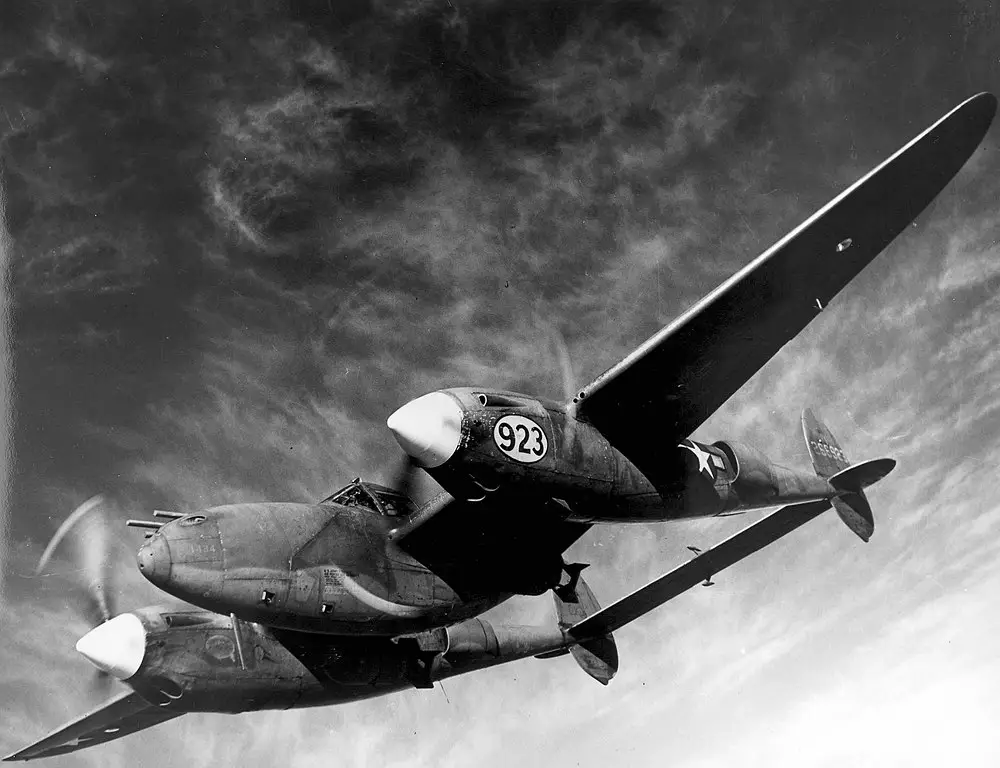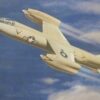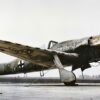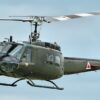The Curtiss P-60, a hidden gem in aviation history, remains overshadowed by its predecessor, the iconic Curtiss P-40 Warhawk. This American fighter aircraft series promised advanced performance and state-of-the-art features. However, the P-60 never reached production or entered military service. In this article, we’ll explore the P-60’s connection to the P-40, its development history, and the reasons it never served in the skies.
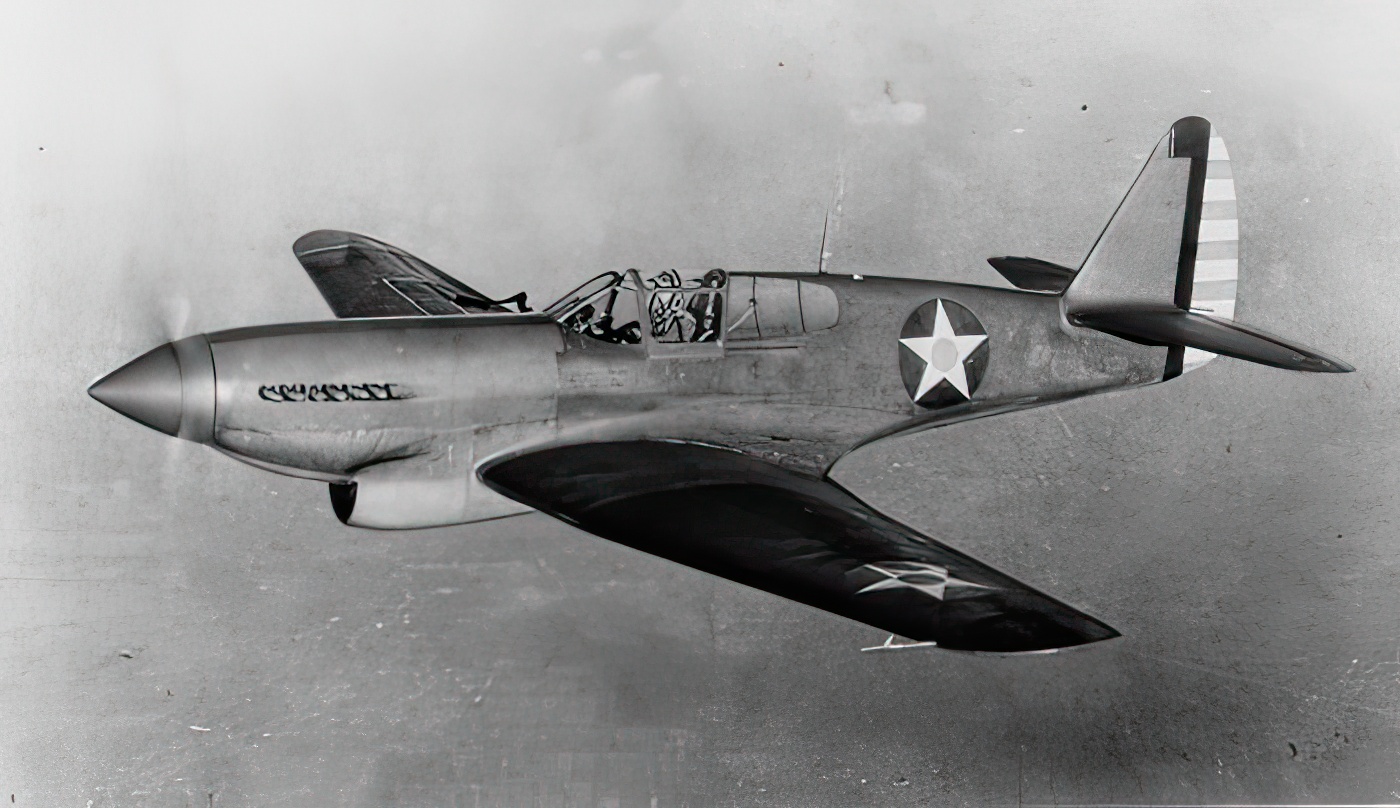
From P-40 to P-60
The legendary Curtiss P-40 Warhawk played a crucial role for the United States and its allies during World War II. As the war progressed, the need for more advanced aircraft grew. The Curtiss-Wright Corporation started work on the P-60, initially the XP-53, to offer a superior P-40 alternative. The P-60 aimed to address P-40 shortcomings, especially limited high-altitude performance and maneuverability. Consequently, the P-60 series featured various designs, each focusing on different aspects like engine type, armament, and airframe design.
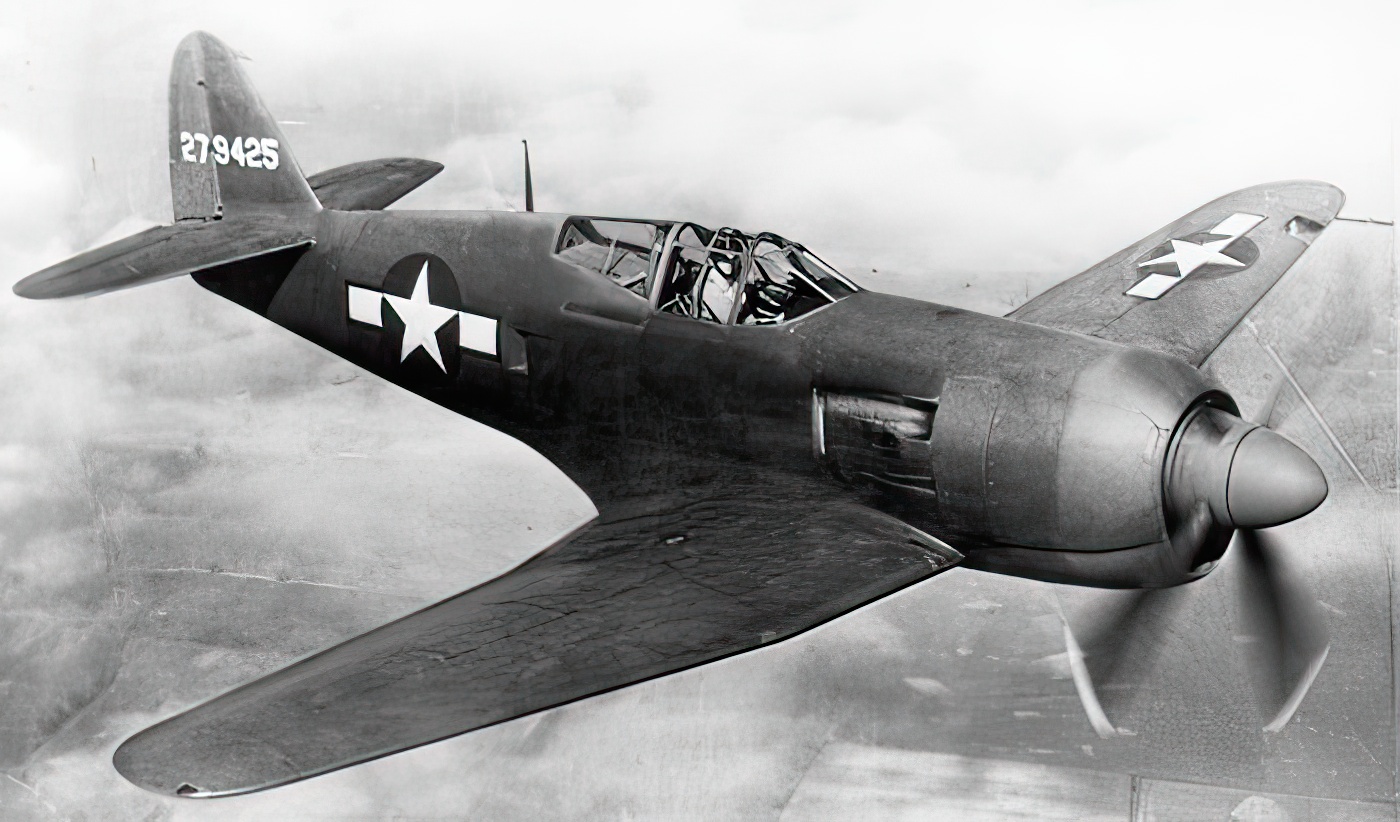
A Rocky Journey
The P-60’s development faced numerous challenges and delays. The initial XP-53 design featured a liquid-cooled Allison V-1710 engine, but a shift to the more potent Wright R-2800-53 radial engine changed the designation to XP-60. The XP-60 sported six .50-caliber machine guns and an estimated top speed of 410 mph.
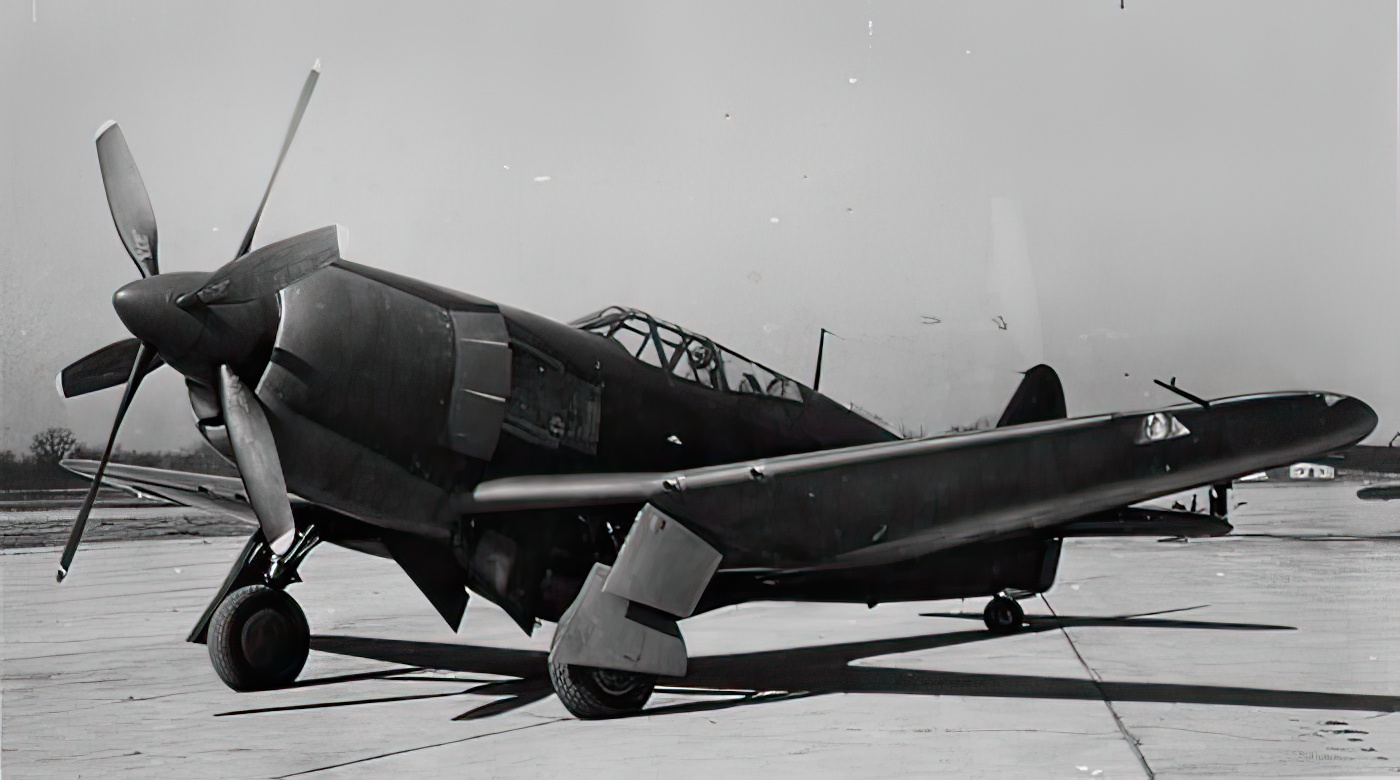
However, the XP-60 encountered stiff competition from other developing aircraft, such as the Republic P-47 Thunderbolt and the Lockheed P-38 Lightning. Furthermore, continuous changes in requirements and design led to multiple prototypes: XP-60A, XP-60B, XP-60C, XP-60D, and XP-60E. Each prototype showcased unique features like a pressurized cockpit or different engine and armament configurations.
Ultimately, the P-60 program fell victim to its ambitions. With many prototypes and modifications, the project’s scope widened too much and lost focus. Additionally, World War II’s rapid aviation technology advancements outpaced the P-60’s development, making it less competitive against newer aircraft.
Curtiss P-60’s Demise
By 1944, the Curtiss P-60’s fate was sealed. The U.S. Army Air Forces (USAAF) canceled the program, stating the P-60’s failure to meet performance improvements and the superiority of other contemporary aircraft. At this point, the P-60 was considered obsolete, unable to compete with the North American P-51 Mustang and the aforementioned P-47 Thunderbolt and P-38 Lightning. Moreover, the Curtiss-Wright Corporation already struggled with the dwindling demand for the P-40 and other Curtiss aircraft. The P-60 project’s cancellation severely impacted the company’s future as an aircraft manufacturer.
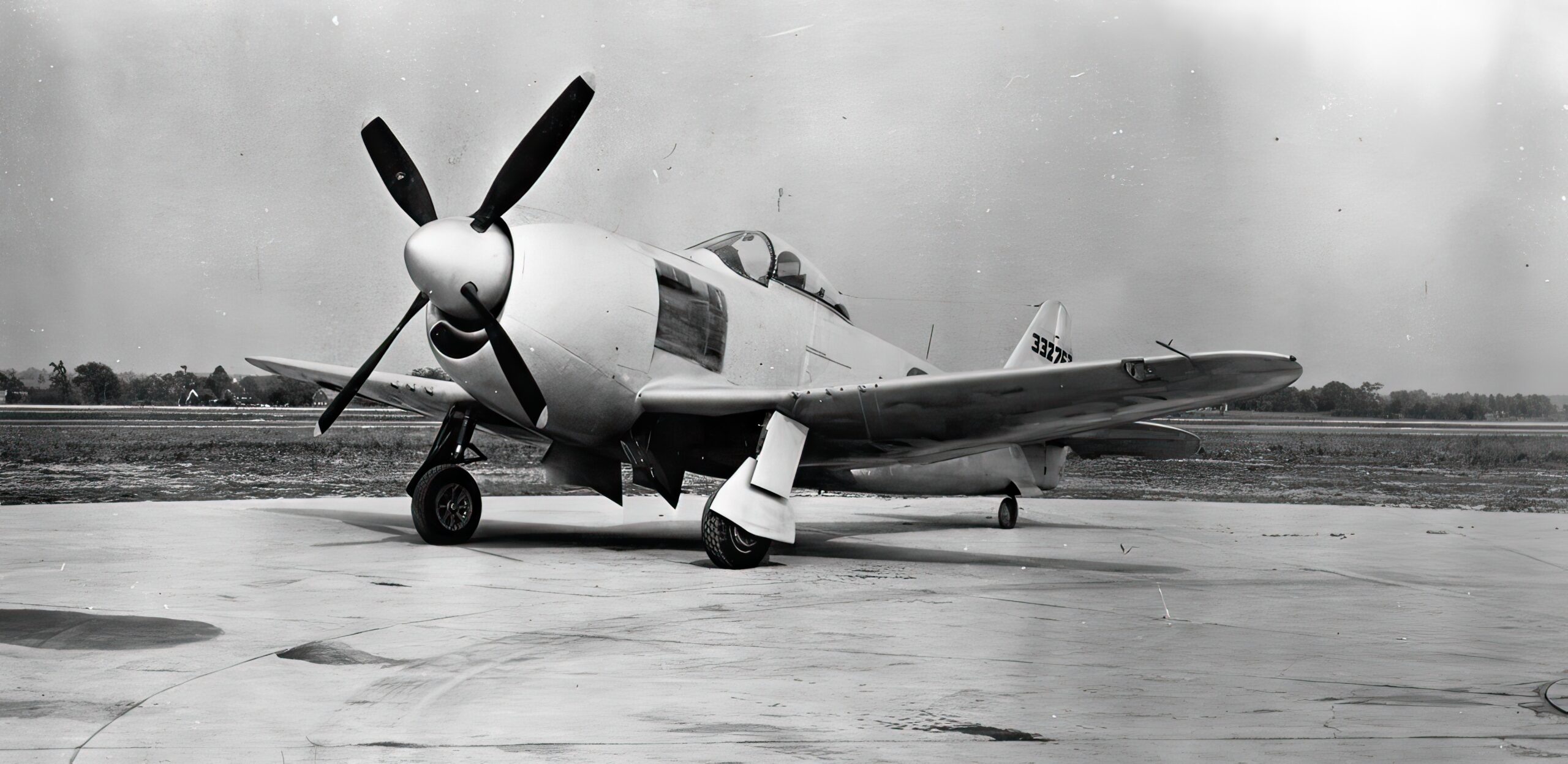
Forgotten Legacy
The Curtiss P-60 serves as a fascinating case study of the rapid evolution of aircraft technology during World War II. Despite its promising beginnings and clear vision for improvement, the P-60’s development became mired in delays and competition. As a result, the P-60 remains a lesser-known, yet intriguing, chapter in aviation history, overshadowed by the P-40 and other successful aircraft.

